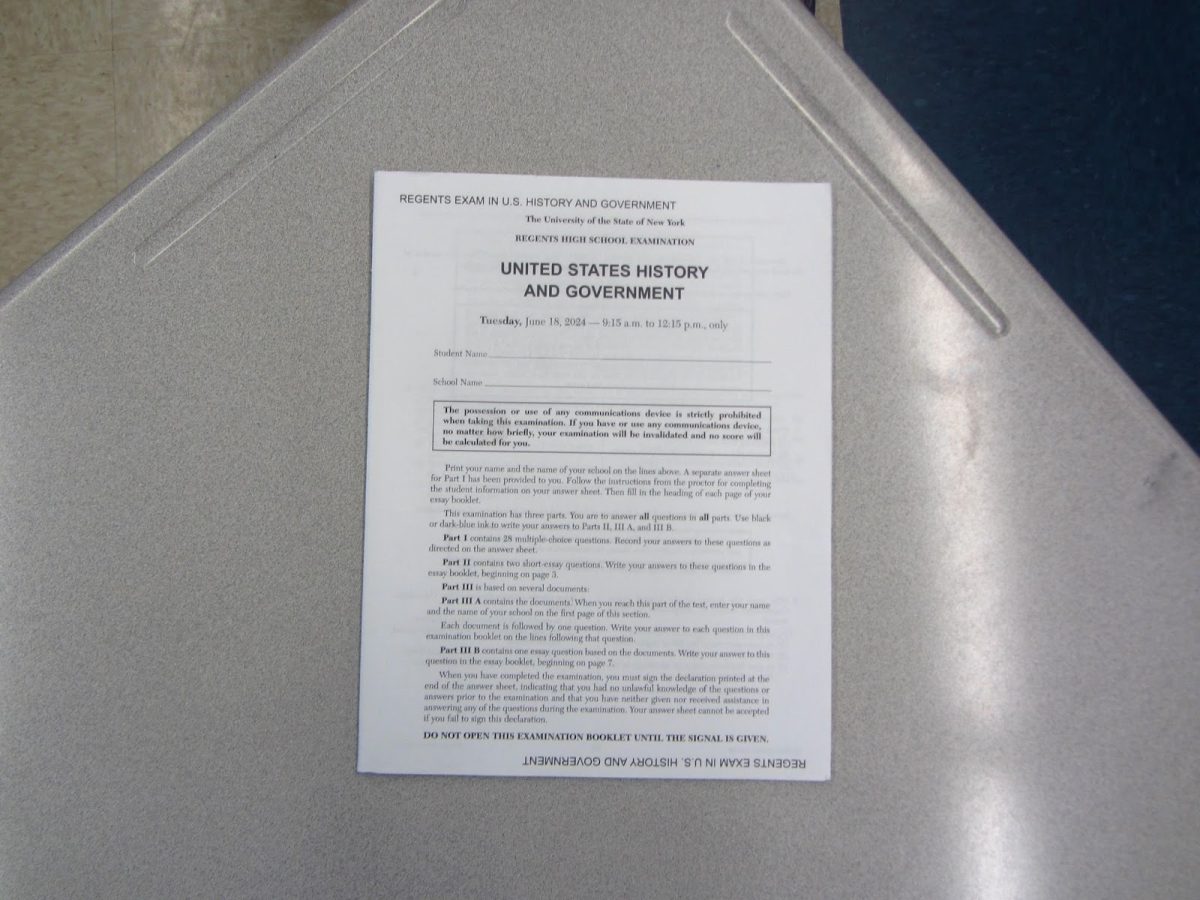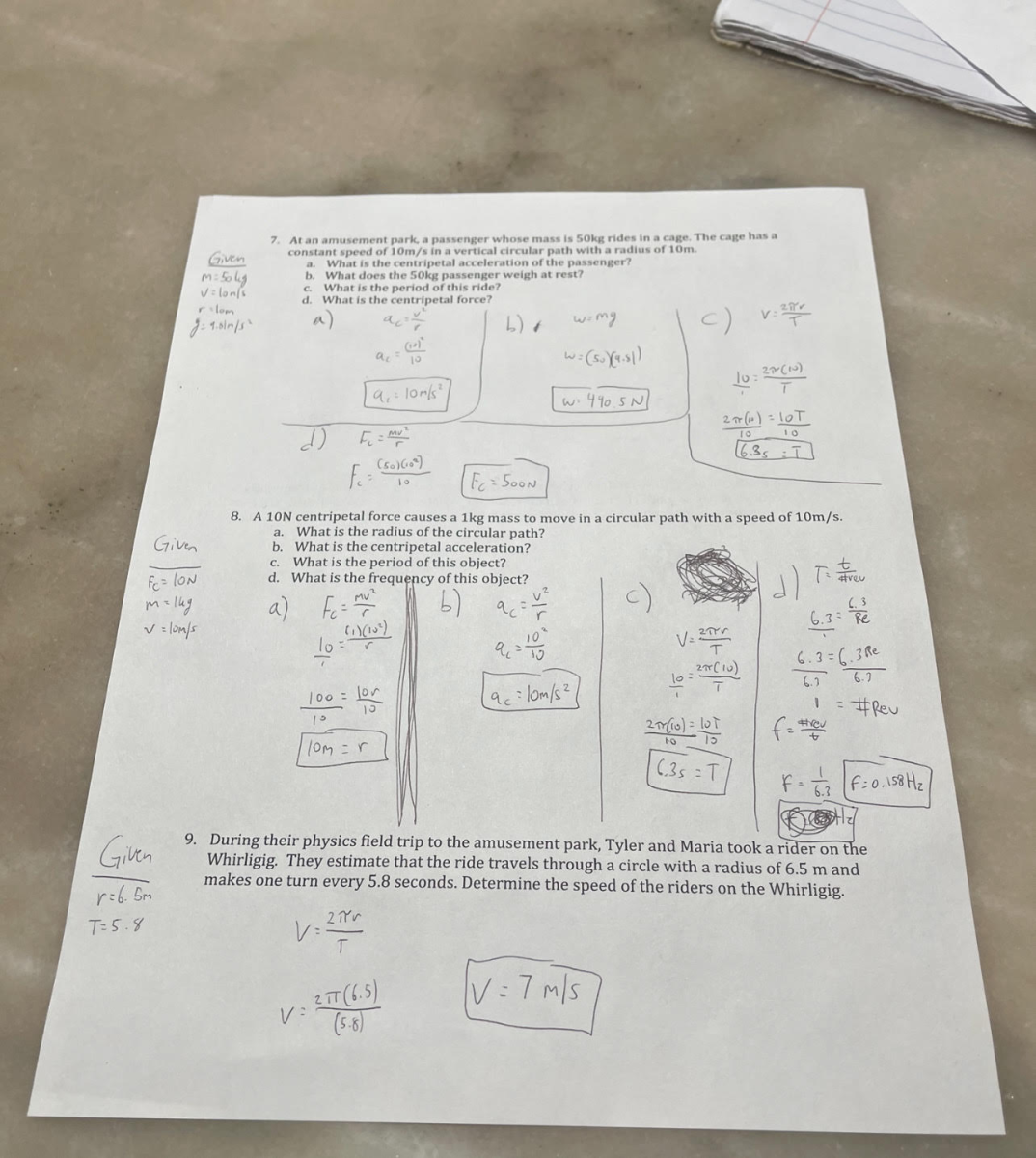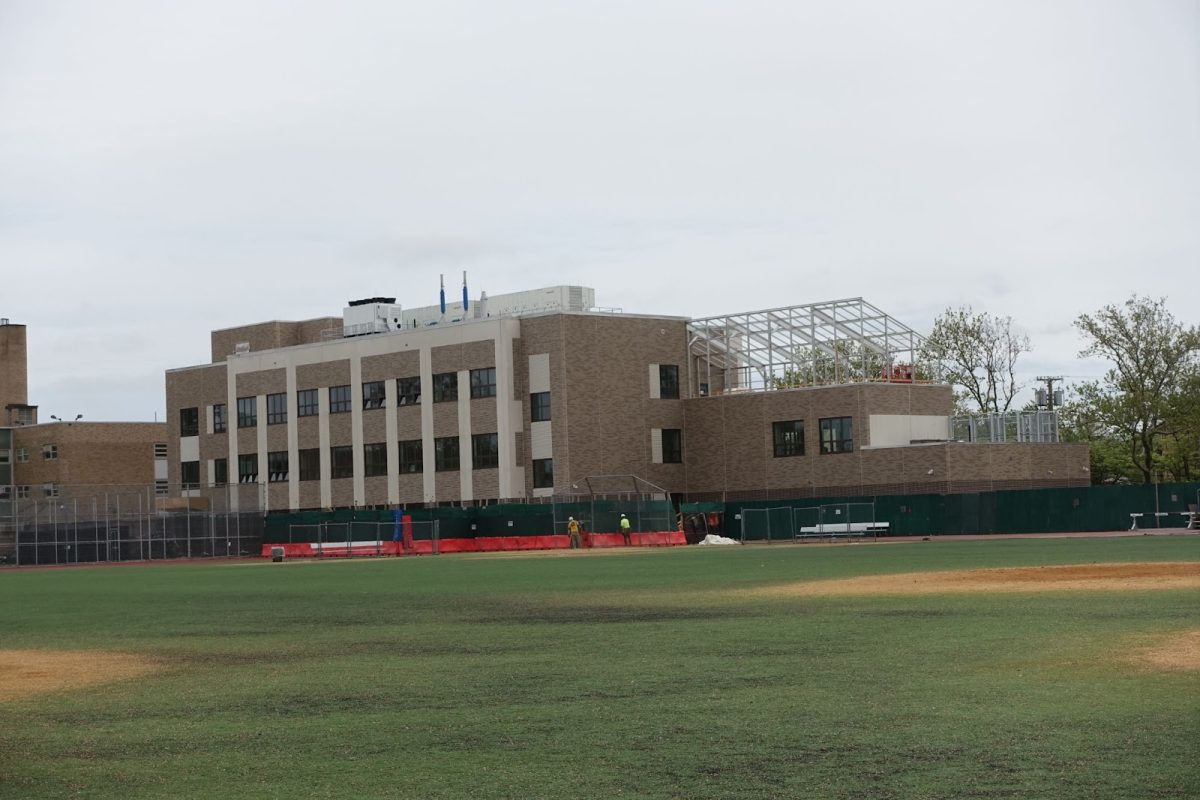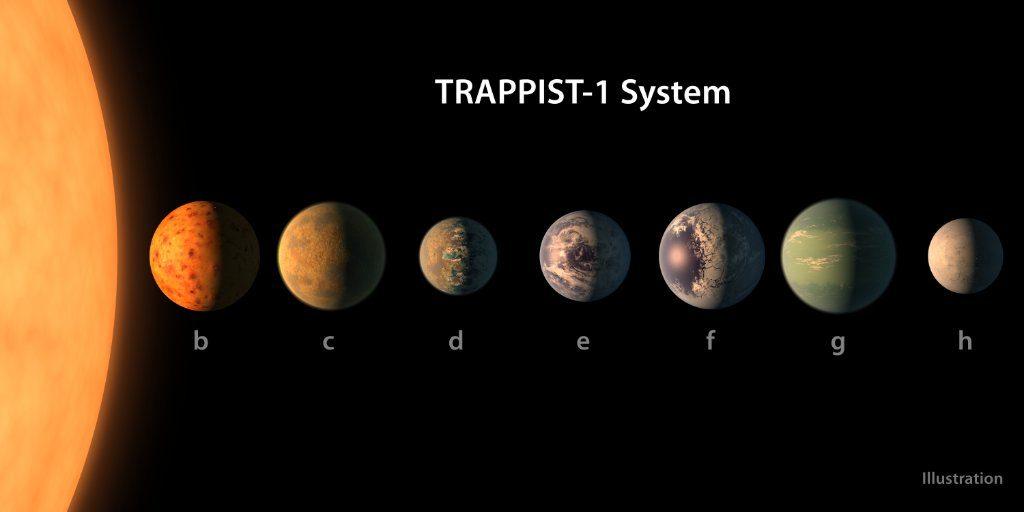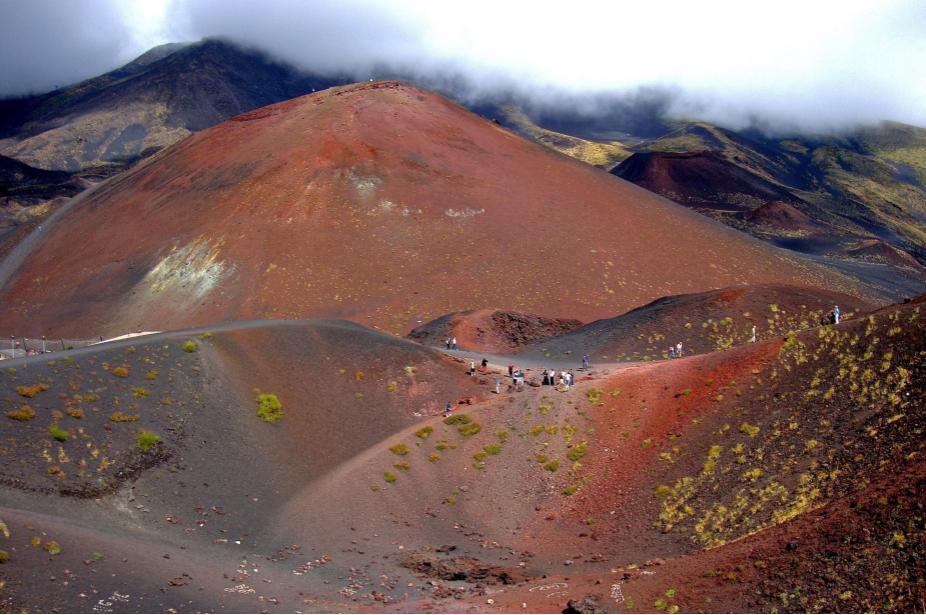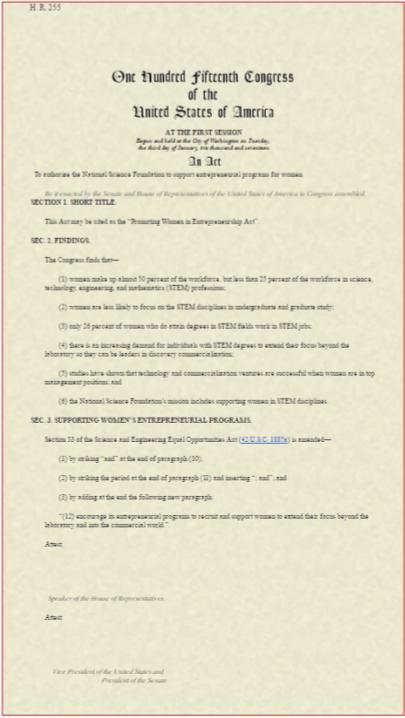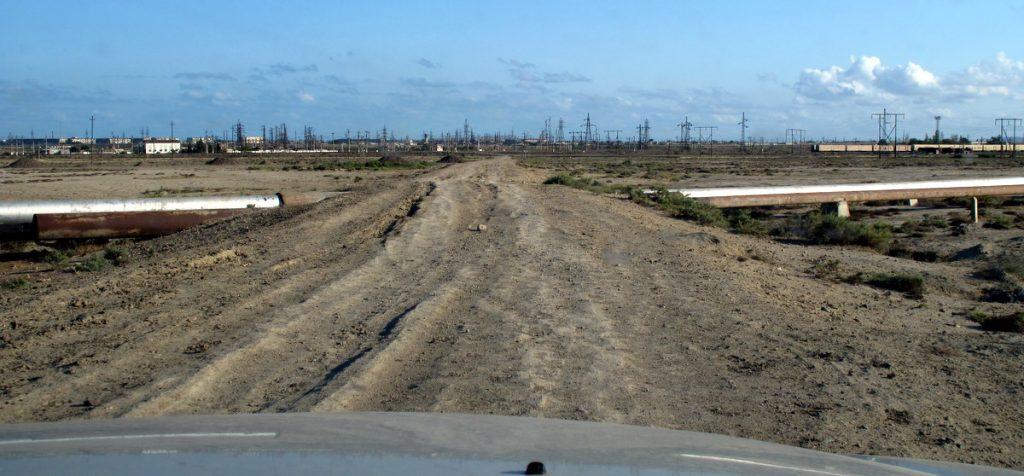by Kay Kim, editor in chief
On Wednesday, National Aeronautics and Space Administration (NASA) announced the discovery of seven new earth-like exoplanets, called TRAPPIST-1 System, located 40 light years away.
“I’m not really surprised because they find things all the time, but if we do need to inhabit it one day, we have the technology,” sophomore Nicholas Degoian said.
TRAPPIST-1 is reported to have sizes and masses similar to Earth and to be temperate. Among the seven planets, six of them are rocky while the other one is not. Rocky planets are the only types of planets that have habitable conditions, which means they may hold water and sustain life. Furthermore, the atmosphere is thick enough to provide warmth, but not too thick to become a gas planet.
All of the seven planets revolve around ultracool dwarf, which is estimated to be eight percent of the sun’s mass. The star itself does not radiate much energy, but the tight orbits of the planets suggest the cause of warmth. Because of the short distances between the planets, on Trappist-1f, the star would look three times bigger than the sun.
Lineup of the planets have been labeled from b to h, in ascending order of distance from the ultracool dwarf.
It has been stated that there would be 200 times less amount of light when standing on one of the planets, compared to our solar system.
Researchers believe all the planets face one direction towards the star. This means one side of the planet is always night, while the other is always day.
This discovery is considered exciting for scientists because the planets are close enough to be further observed. Even after the Earth is gone, TRAPPIST-1 will live for another trillion years because they evolve slowly.
James Webb Space Telescope, which is expected to launch October 2018, will allow closer observations of the new system.
This Week: We found 7 Earth-sized planets orbiting a dwarf star, 3 of them in the habitable zone! Also, @NASA_SLS rocket test & more! Watch: pic.twitter.com/cBBerkelU1
— NASA (@NASA) 2017년 2월 25일
Featured image attribution to NASA on Twitter.




